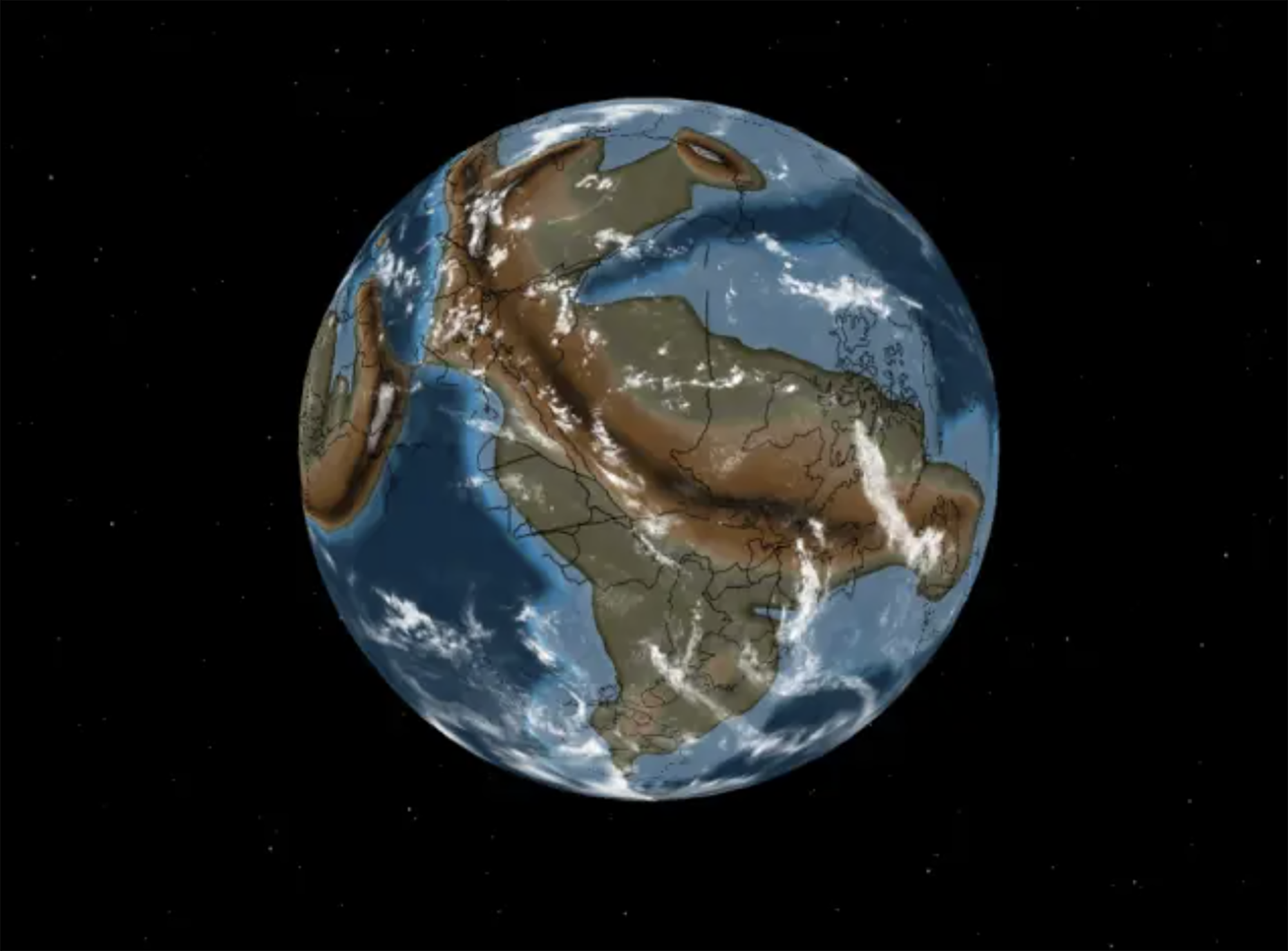Cometa Mark Twain and Halley

In mid-November 1835, Halley reached the Perihelium Comet, the closest point to the Sun in orbit and best visible from Earth. Two weeks later, on November 30, Samuel Langhorne Clemens was born, a writer who would later become an unknown Mark Twain. Aware of the coincidence, he wrote in 1909, when he was missing a year to complete the comet's orbit of about 76 years: “I arrived with comet Halley in 1835. He will come back next year and I hope to go with him. Surely the Almighty said: Here are a couple of rare and incomprehensible phenomena that have come together, they have to go at once.”
In 1910 the comet Halley reappeared in the sky and reached the perihelion on April 20. Twain died the next day.
Autobiography writing is, they say, the most effective tool for personal development, the most liberating. Pulling things away from the past and remembering them, it seems that it helps unleash the knots of the present. Yes, it helps to understand the present and to draw a... [+]
Ethiopia, 24 November 1974. Lucy's skeleton was found in Hadar, one of the oldest traces of human ancestors. The Australian hominid of Australopithecus afarensis is between 3.2 and 3.5 million years old.
So they considered it the ancestor of species, the mother of all of us. In... [+]
A group of archaeologists from the University of Berkeley, California, USA. That is, men didn't launch the lances to hunt mammoths and other great mammals. That was the most widespread hypothesis so far, the technique we've seen in movies, video games ...
But the study, published... [+]
Zamora, late 10th century. On the banks of the Douro River and outside the city walls the church of Santiago de los Caballeros was built. The inside capitals of the church depict varied scenes with sexual content: an orgy, a naked woman holding the penis of a man… in the... [+]




















